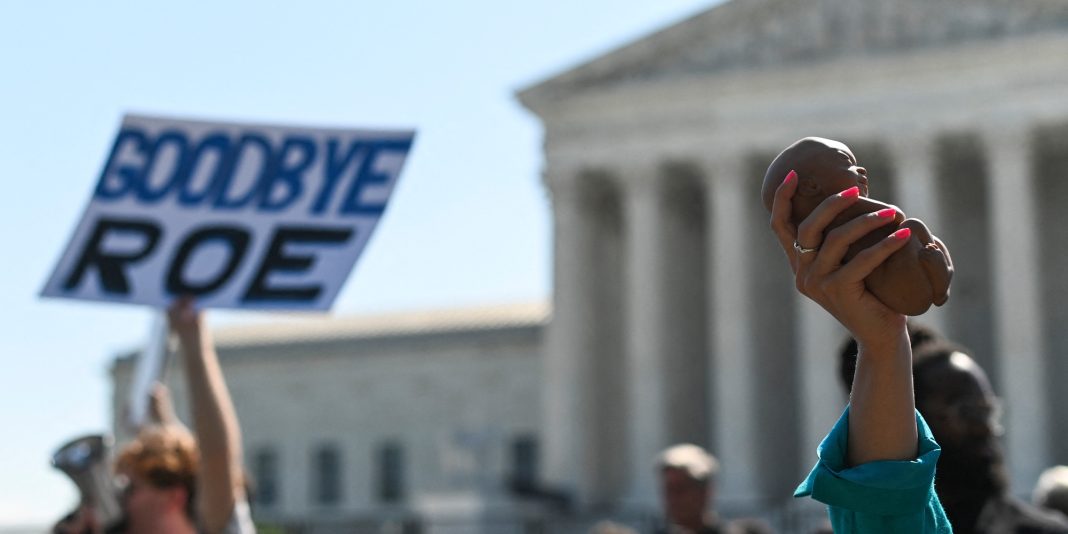The recent Supreme Court decision to avoid ruling on whether federal law protects abortion care in emergency situations has sparked disagreement among Justices Samuel Alito and Ketanji Brown Jackson. While Alito believes that there is no federal law protecting abortion access, Jackson argues that federal law does protect patients who need abortion care. The decision has left pregnant patients in limbo, with Jackson expressing concern about the delay caused by the court’s avoidance of a ruling.
The case revolves around the scope of the federal Emergency Medical Treatment and Active Labor Act (EMTALA), which requires hospitals receiving Medicare funds to evaluate and provide necessary treatment to every patient who arrives at the emergency room. The law defers to medical professionals to determine when an emergency exists and what treatments are needed.
Idaho, among other states, enacted laws banning abortion with vague exceptions for care. The federal government sued to block Idaho’s ban, arguing that EMTALA preempted it. The court’s decision to sidestep a ruling means that emergency abortions are still allowed in Idaho for now, but it also leaves open challenges to EMTALA.
The opinions of Alito and Justice Amy Coney Barrett offer a roadmap for anti-abortion lawmakers and activists seeking a nationwide abortion ban. This has raised concerns among reproductive rights advocates who see the opinions as providing building blocks for extremists to reach their ultimate goal.
The court’s decision to punt the case may seem like a victory for pregnant patients and medical providers in Idaho, but it does not address the larger issue of anti-abortion zealots pushing for nationwide bans. It also fails to ensure that pregnant people are not treated as second-class citizens in the emergency room and transferred to other jurisdictions for care.
Alito’s dissent in the case has drawn criticism for its fictitious content. He argues that EMTALA never protected pregnant patients in need of abortion and rewrites legislative and legal history to support his claims. However, legal experts point out that Alito’s arguments are unfounded and do not align with the actual legislative history of EMTALA.
Barrett’s concurring opinion raises concerns about whether Congress overstepped its spending power by tying EMTALA to the receipt of Medicare funds. If the court eventually decides that Congress overstepped, it could have far-reaching implications for other federal laws and social programs.
Alito’s dissent also falsely claims that upholding EMTALA’s protection for pregnant people would lead to “abortion on demand” in hospital emergency rooms. The reality is that abortion bans have resulted in patients being denied abortions during medical crises. The court’s decision to send the case back to lower courts for further litigation was seen as the right call by some justices, while others believed that the court should have ruled that federal law preempts Idaho’s ban.
In conclusion, the Supreme Court’s decision to avoid ruling on the protection of abortion care in emergency situations has sparked disagreement among justices. The decision leaves pregnant patients in limbo and opens the door for future challenges to EMTALA. The opinions of Alito and Barrett provide a roadmap for anti-abortion activists seeking nationwide bans. The dissenting opinions have been criticized for their fictitious content and misinterpretation of legislative history. The decision also raises concerns about Congress’s spending power and its implications for other federal laws and social programs.


